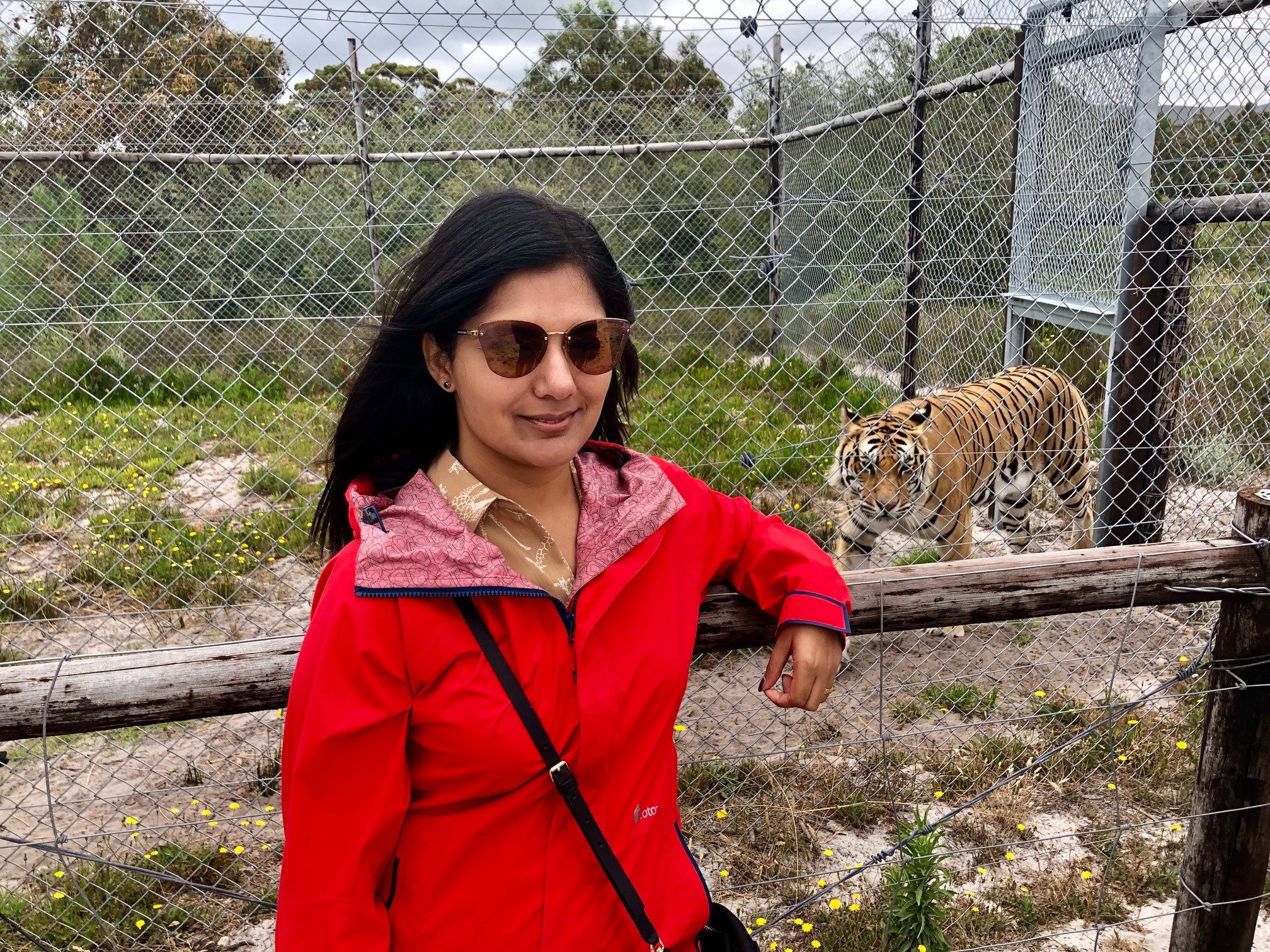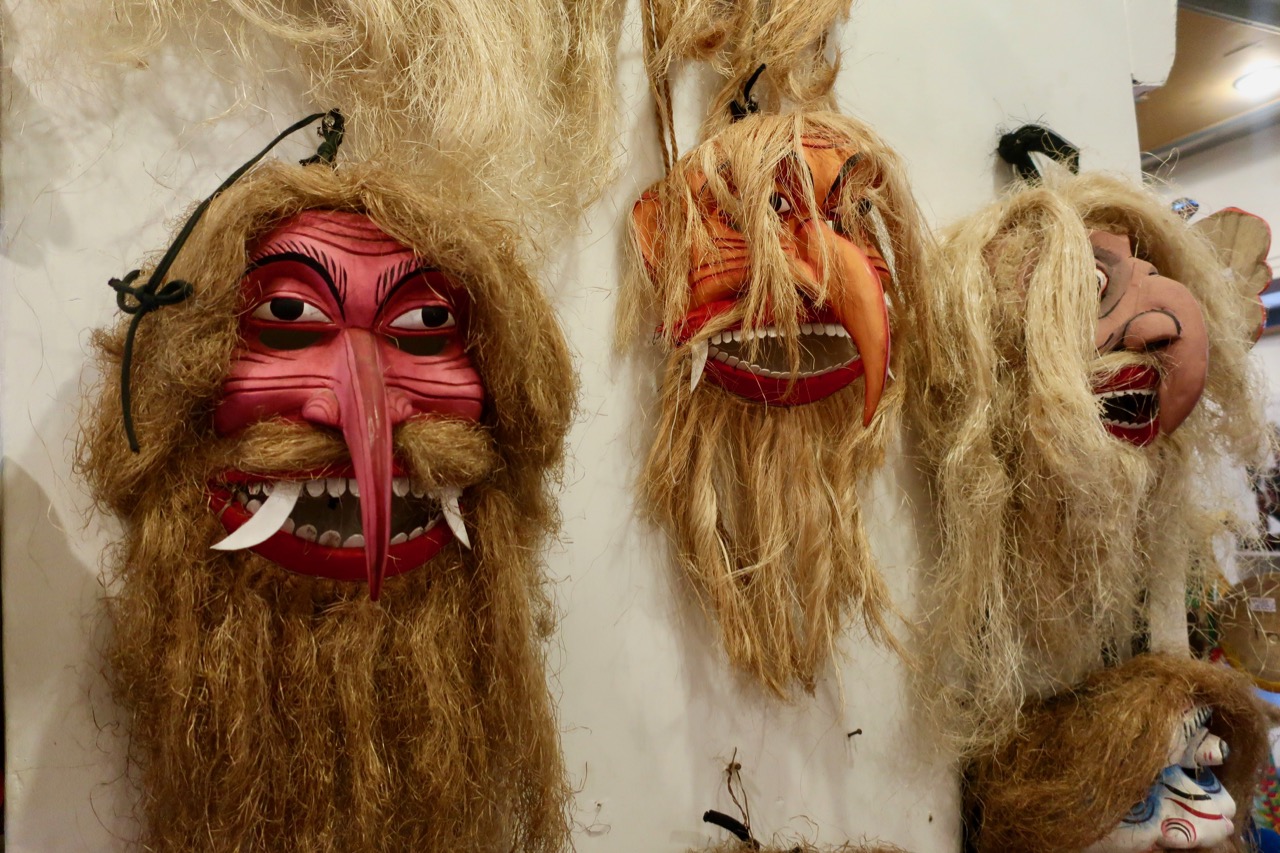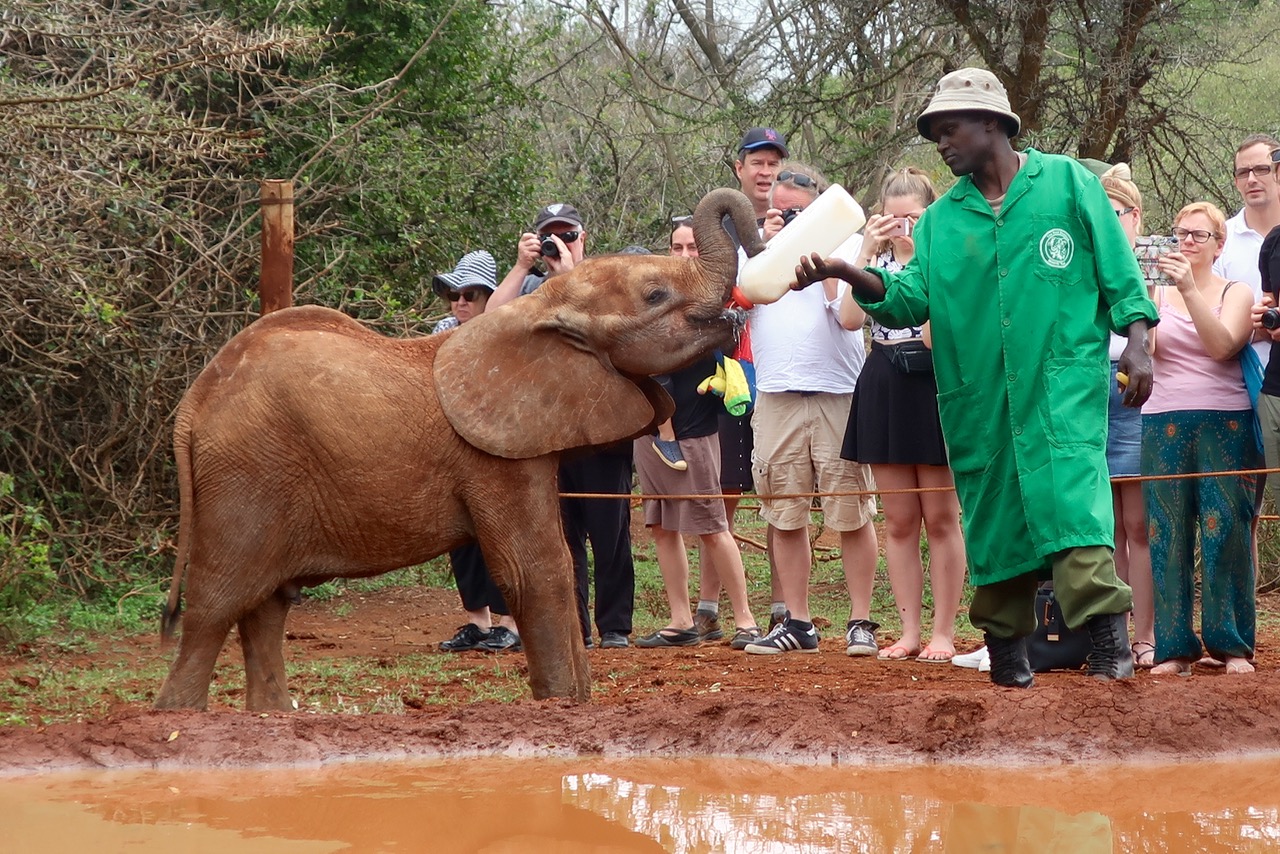
Don’t fall for fake sanctuaries. Here are some places in South Africa where you can see wildlife and truly help towards their conservation.
view the post

Sri Lanka is not like other islands where all you do is lay on the beach and snorkel in the sea. Sure there are plenty of places to do that around Sri Lanka, but it is also a country full of rich cultural activities. Here are some experiences you should not miss during your visit… […]
view the post

If you are traveling to Asia, you are probably very excited at the prospect of seeing, even riding elephants. But do you know that around 75% of the world’s captive elephants have been illegally captured, with over 3,000 used for entertainment in Asia alone? PETA, whose driving force is that animals are not ours to […]
view the post